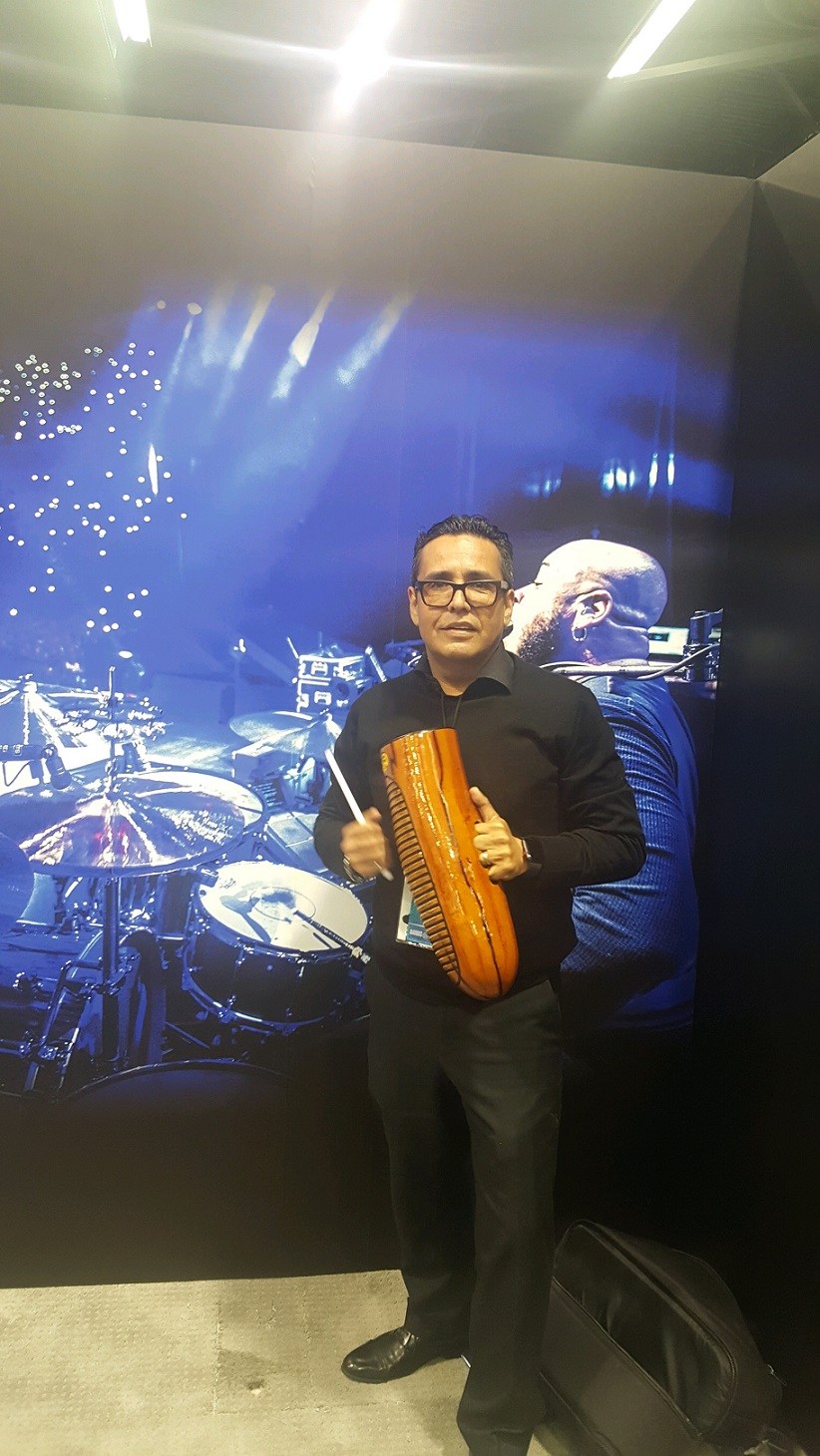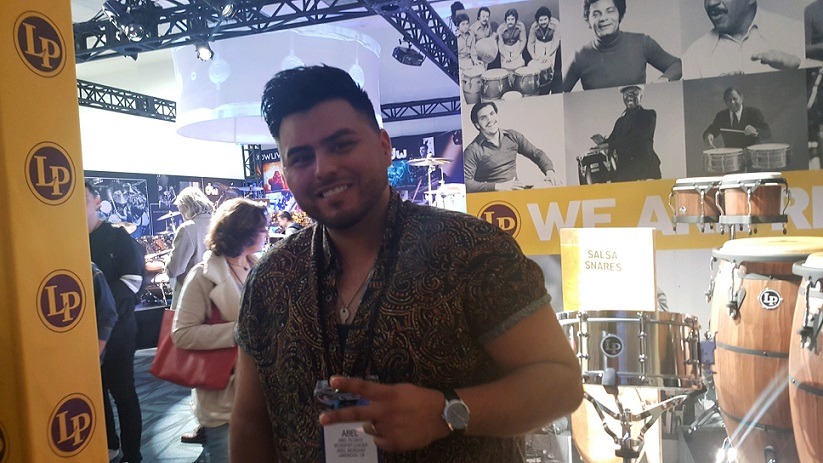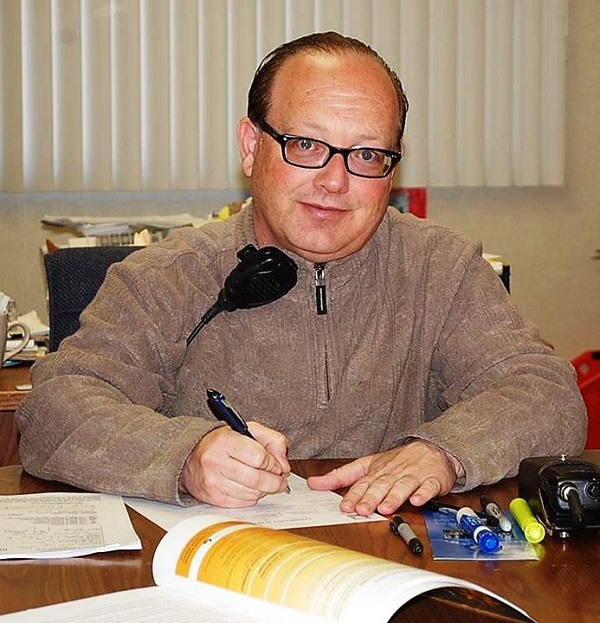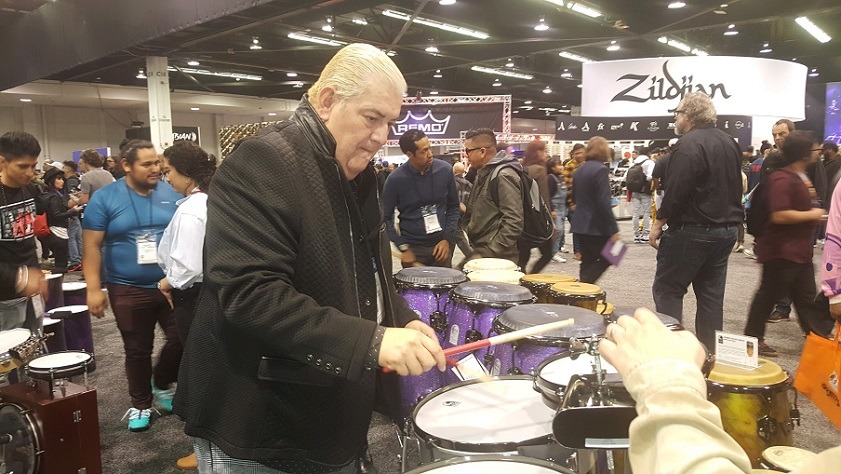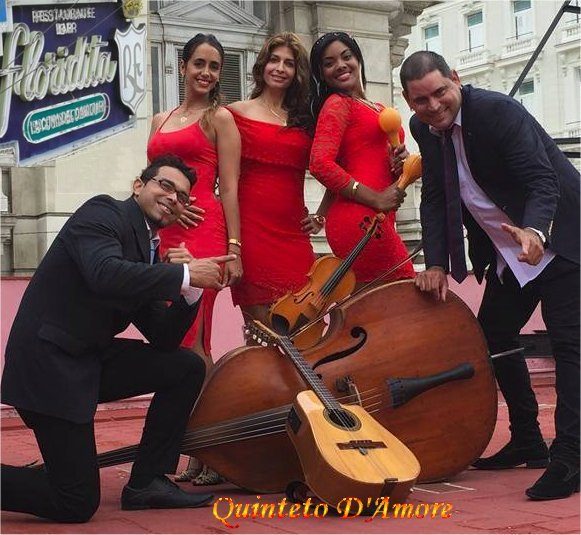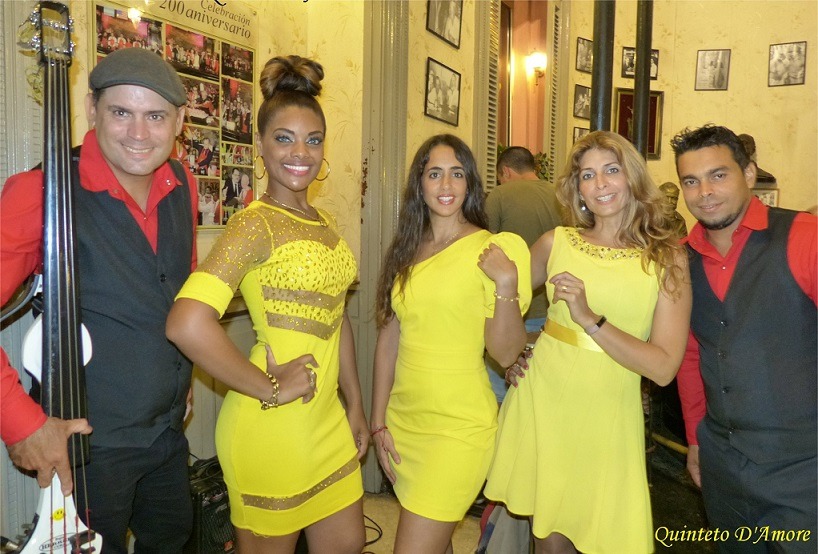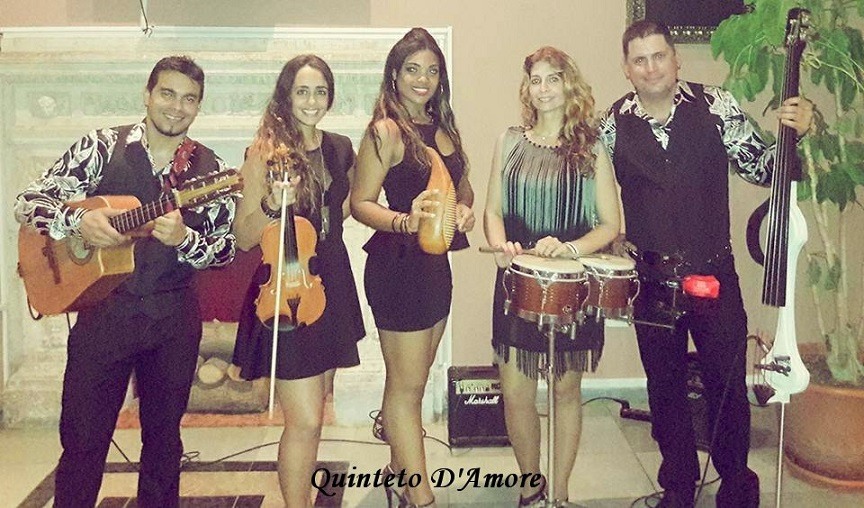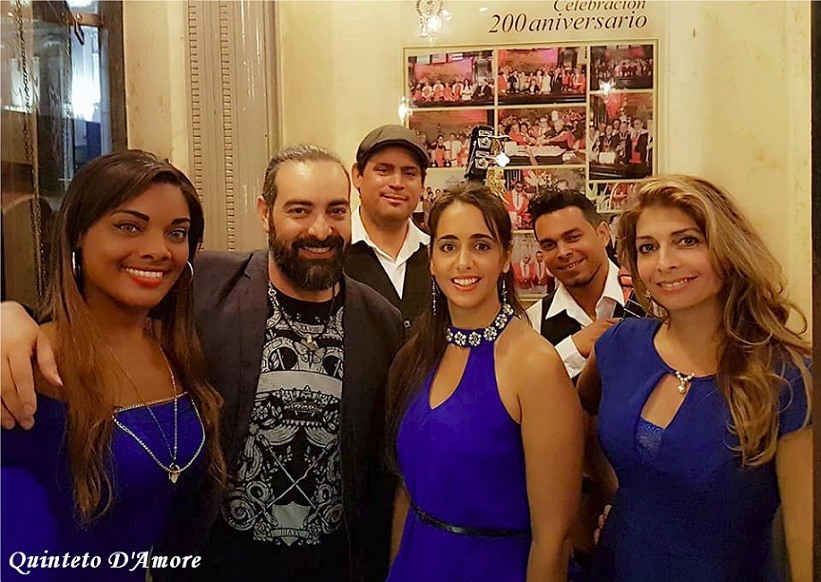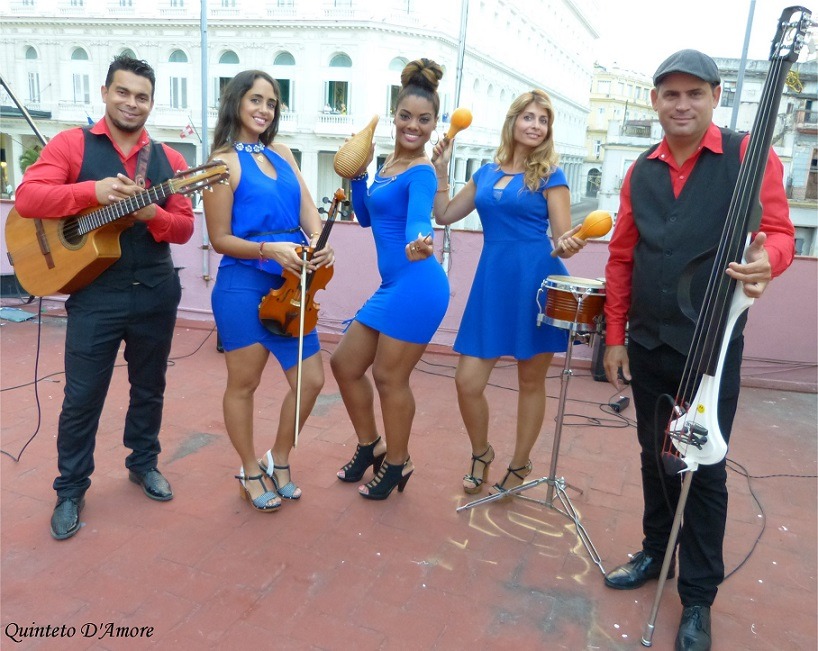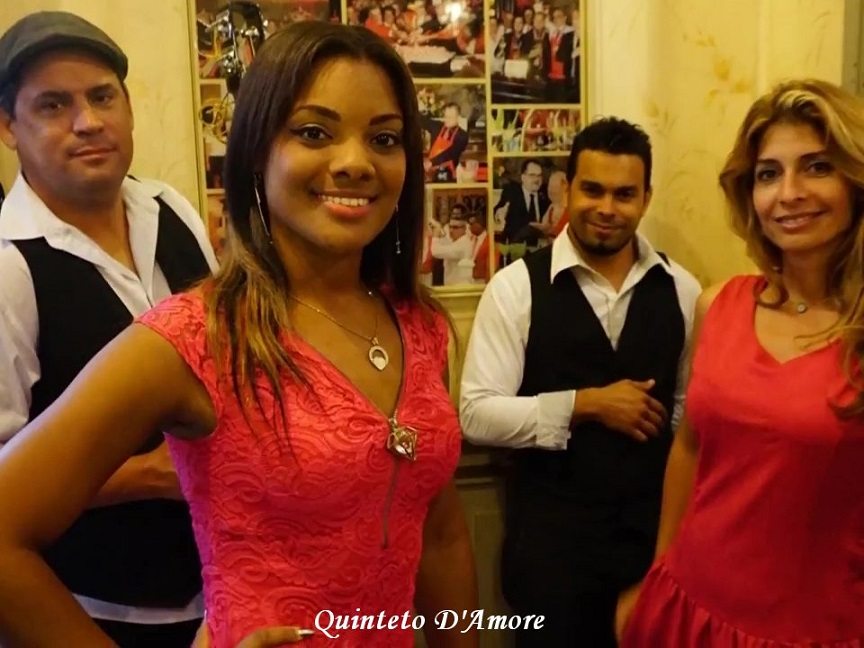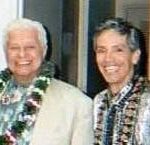Europe - Milano - Italy
Maxima 79 Salsa Orquestra was born in Milano – Italy in the year 2010 of the idea of the DJ and Musical Producer Fabrizio Zoro.
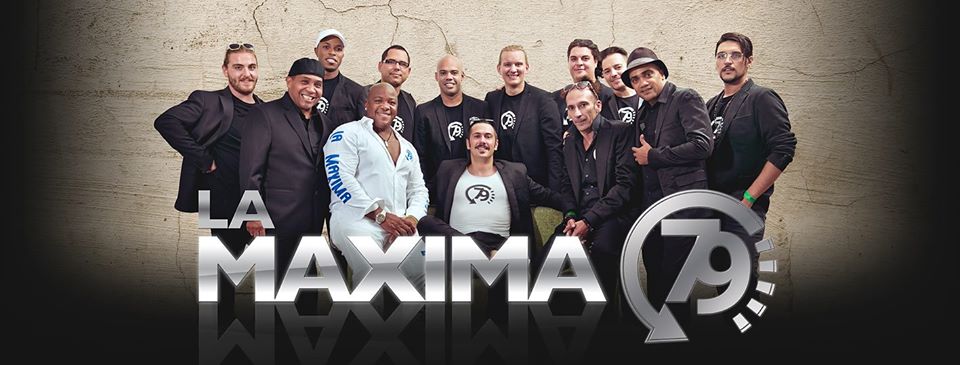
Fabrizio Zoro had the magnificent idea of making music, returning to the sound of the 70’s for dancers with a modern sound and, at the same, time of the golden age of salsa in New York.
With two productions made with high quality and an original and rich sound in Afro-Caribbean rhythms.
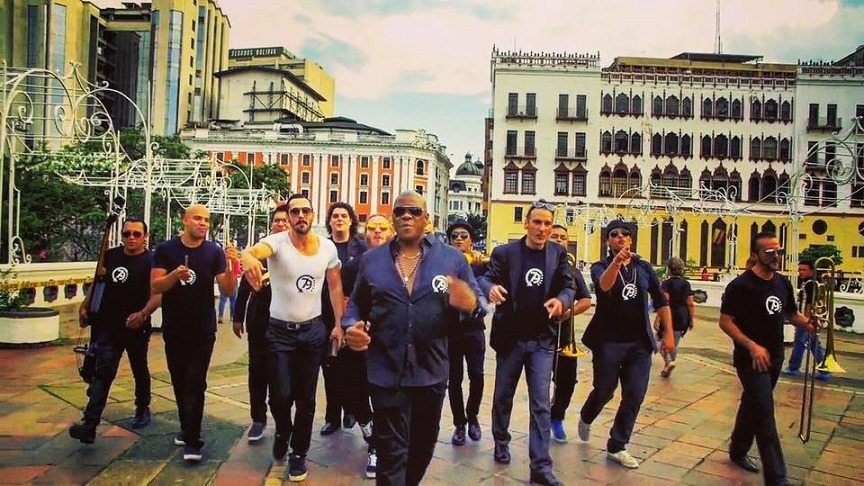
The two titled albums, Returning to Guaguanco in 2013 and Joseito in 2016, have given him a seat in the best dance halls across the European continent and thanks to all his successes, the orchestra is recognized worldwide as one of the best Salsa groupings for the dancer.

The original compositions by the hand of Fabrizio Zoro founder, director and performer of the bongo, bell and guiro, carrying Afro-Caribbean Rhythms in the soul, at the same time, Fabrizio tells us that Cuba is the most important musical novelty in the whole basin from the Caribbean and the world and for this reason they returned to the origins of the Traditional Salsa with a musical work entitled “Cuban Session” dedicated to typical rhythms of the Big Island such as Timba, the Cuban Son and the Traditional Changüí.
The musical arrangements of the productions were prepared by Fabrizio and Marco Puma, the official pianist of the orchestra and, also, known as the best-known Italian bachatero in the world, but with this album he has shown that his first passion stays within the key that beats in his immense salsa soul.
In their ten years of experience, they have been awarded the Honorable Mention USA and Songwriting Competition awards in 2014.
Musicians
Fabrizio Zoro: Director, founder, director and performer of bongo, campana and güiro
Marco Puma: Piano, Arrangements, Chorus
Jose Luis “Lalo” Brea: Mixing, Sound Engineer, Guitar on “Seventy-Nine Boogaloo”
Thorben Schütt: Trombone
Samuele Davìd: Trumpet
Efren Iriarte: Timbales and Drums
Umberto Nocita: Congas
Juan Carlos Avila: Bass
El Guille: Singer, Lead Voice, Chorus
Yoris El Trinitario: Singer, Lead Voice; Chorus
Dairo Todd Andino: General Chorus, Trombon
Ernesto “El Puro” Perez: Three
Mauro Brunini: Trumpet in “Rumbera Church”
Guest
Angel Luis Justiniano: Lead Voice on “Seventy Nine Boogaloo”
Isaia Leoni Dj The Prophet: Producer on “El Propeta Del Guaguanco”
Jeremy Suarez “J- Style”: Chorus on “One More Day”
Daniele Roveda: Vibes on “El Pasillito”
Inwoo Choi, Ilario Cali, ’Sara Spazzini, Francesca“ Alysea ”Carbone: Chorus on“ Seventy Nine Boogaloo ”
Samoel Scotton: Congas on “Rumbera Church”
Yannior Farre : Piano On“ El Bele Bele ”
They currently belong to the Record Label:
Smayra Publishing – www.smayrapublishing.com
RESILIENZA

Resilience is the ability of an individual to face a negative event by transforming and reorganizing their life in a positive way, including improving the previous situation.
The title is deliberately left in Italian to indicate the country of origin of La Maxima 79 and to indicate that Salsa today has become something Global with orchestras and dancers from all over the world under one family.
A special thanks goes to all the DJs and dancers of the World who help from the beginning La Maxima 79 to grow and spread their music and keep doing it.
Thanks to the entire iLatin Music Ilario Cali ‘Seal family, Sara Spazzini, Laura Fossati, Dj Alexio Grossi and Massimiliano Pioli for always supporting the production.
Thanks from my heart.
Milan, Italy
lamaxima79.com
+393398158230 (WhatsApp)

